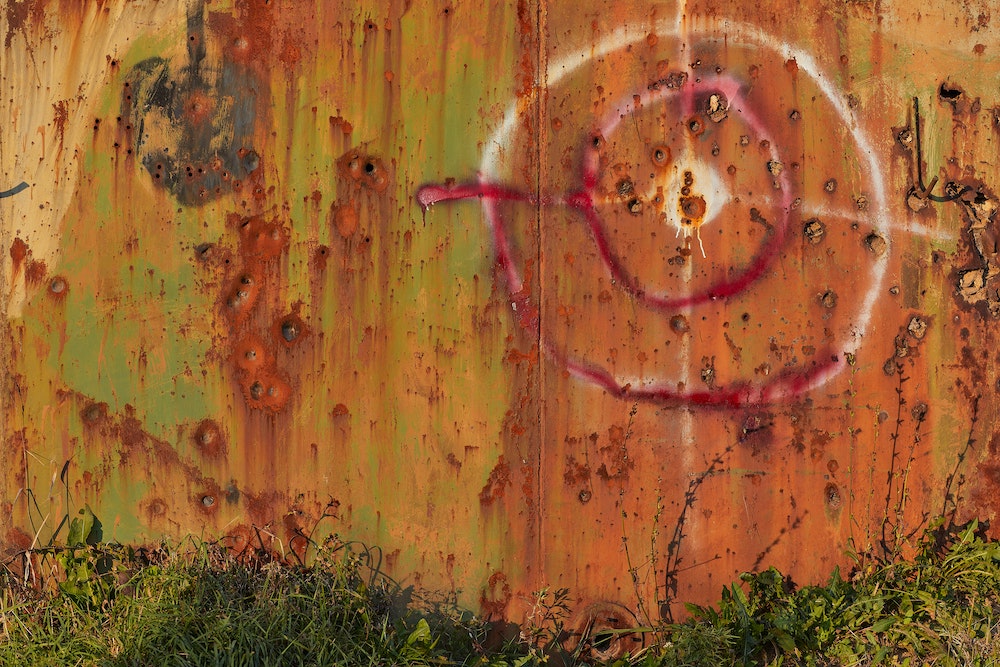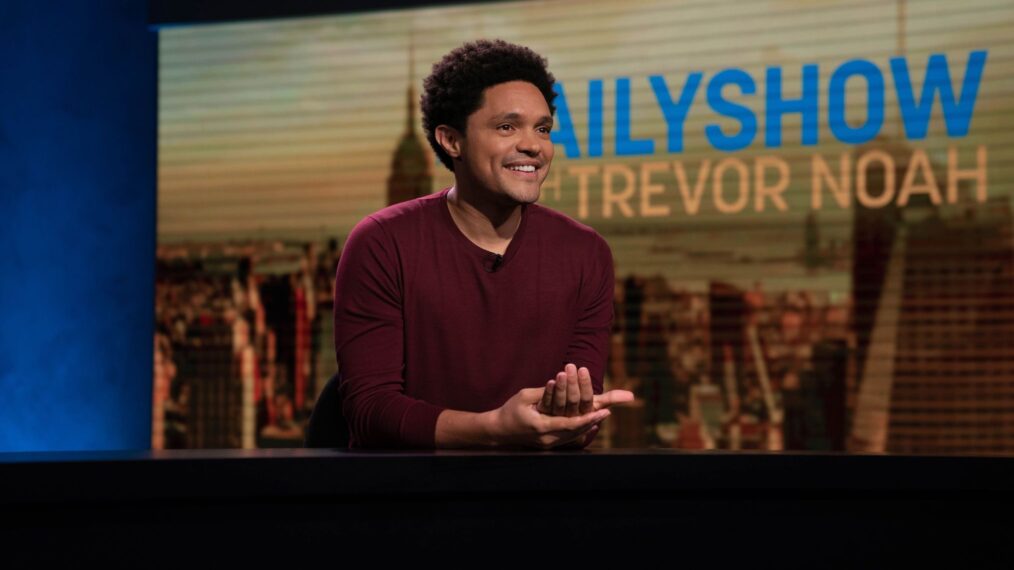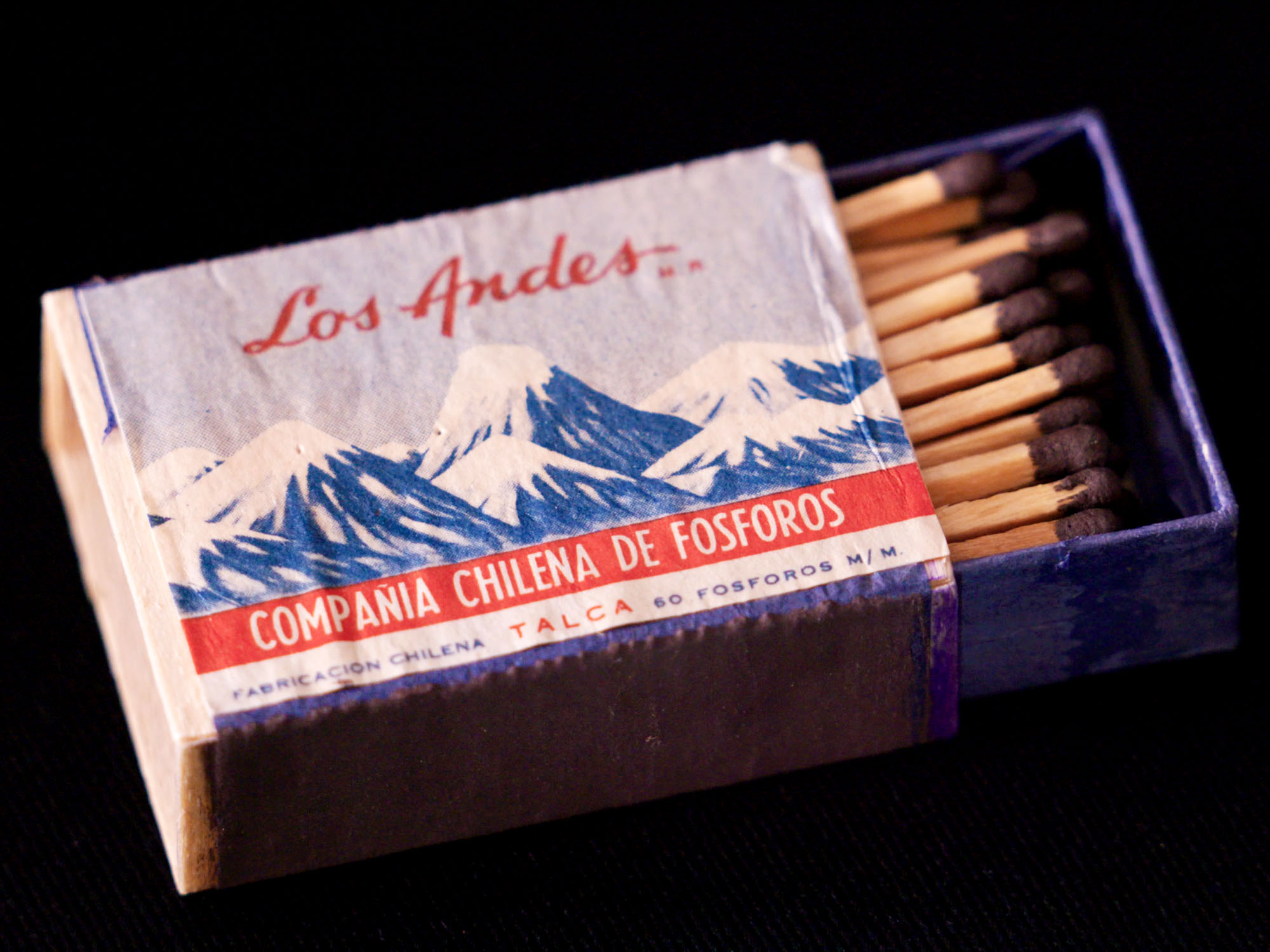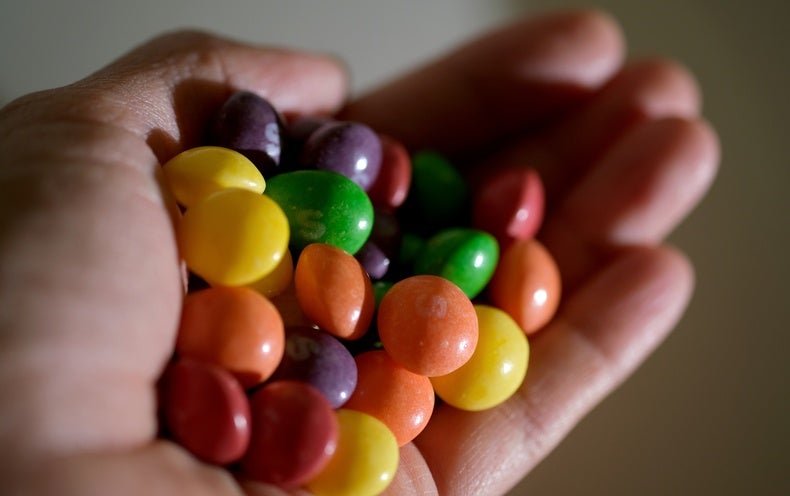I’ve been wanting to see Jordan Peele’s Nope in theaters for a while now, but I feel uncertain about it. I’ve never been much of a moviegoer, but I make an exception for iconic Black films. I saw Get Out three times when it first released; currently, I have only seen one movie in theaters since shuttered movie houses reopened from their months-long COVID-19 closures. Yet COVID—and its seeming resurgence—isn’t my main concern. It’s the endless mass shootings that have me on edge. What if a shooting happens in our movie theater? That’s happened before. I had suggested our family watch Nope during an upcoming trip to Rehoboth beach, but news of an Indiana mall shooting quickly had me doom scrolling and looking up Delaware’s gun laws. Were they open carry? Does that even matter? Shooting after shooting, reporters and journalists analyze different factors that led to that day’s unnecessary mass casualty. We never seem to ask—why do so many Americans resort to extremist violence as a solution to social, emotional or mental issues? America’s long history of white supremacy is never factored into discussions of rampant mass shootings.
“If you want to know a place, you talk to its history.” This is what Mama Z—a centenarian who has documented the names of every lynching victim in the US—tells detectives looking to unravel a string of murders at the heart of Percival Everett’s most recent novel. The Trees is a genre-defying revenge fantasy masquerading as detective fiction. Set In Money, Mississippi—the location of the infamous lynching of Emmett Till—the sons of Till’s murderers are mysteriously killed. A body resembling Till’s appears at each crime scene. The novel is crude and graphic, yet absurdly funny. I tore through all 308 pages, finishing in just 2 days. With the recent rogue nature of the supreme court—overturning Roe v. Wade, environmental protections and a longstanding gun law—as well as another police murder (RIP, Jayland Walker)—The Trees felt like the perfect read to “celebrate” our nation’s birth. I spent much of this year’s July 4th holiday reading it. The news of yet another shooting, just as I finished the novel, felt especially telling and sickening. Displays of vitriol and destruction couldn’t even be paused for family enjoyment of a national holiday.
The vengeance that dominates The Trees stayed with me after I finished the book. Had Everett crossed a line? Was it too much? By the end of the novel, the carnage extends beyond retribution for the sins of Emmett Til’s murderers or even the Jim Crow South. Across the country there are multiple homicides alongside violent castrations. The avenged are not only Black. An incident in California is the first to show a string of similar murders outside of the south, but instead an unidentifiable Asian male body is left at the crime scene. The dispossessed and exploited had come to claim their due. Everett writes a truly violent spectacle; at times it made me feel deeply uncomfortable. When the detective first sees the scene of Junior Junior Milam’s death, we’re told: “A long length of rusty barbed wire was wrapped several times around his [Junior Junior’s] neck. One of his eyes had been either gouged out or carved out and lay next to his thigh, looking up at him … His pants were undone and pulled down to below his knees. His groin was covered in matted blood, and it looked like his scrotum was missing.” There were several depictions of grotesque lynching scenes. While I am personally squeamish about all violence and prefer to avoid it at all costs—I understand the grave importance of detailing these scenes. Everett wants an eye for an eye or a testicle for a testicle.
Displays of vitriol and destruction couldn’t even be paused for family enjoyment of a national holiday.
Lynchings in the south were spectacles of racial violence and terror; Everett’s fictional replication only scratches the surface. A 2017 report by the Equal Justice Initiative (EJI), “Lynching in America: Confronting the Legacy of Racial Terror,” describes public spectacle lynchings as “festive community gatherings [where] large crowds of whites watched and participated in the black victims prolonged torture, mutilation, dismemberment and burning at the stake.” Souvenirs from such events could easily be procured such as photographs, pieces of flesh, teeth, fingers and toes. That level of depravity is unfathomable—and yet a tangible part of white America’s 400-plus year reign of terror upon Black Americans.
It is only fitting that Everett envision retribution where white men are tortuously murdered, castrated and their testicles left to sit in the hands of a second racialized body at the murder scene. It is gruesome, yes, but symbolic of a vengeful emasculation, centuries in the making.
This history is directly tied to my family; one I honestly had not thought so much about. Growing up in the NYC metropolitan area, I was fed myths about the north’s colorblind mentality and acceptance of African Americans. When I think of my family’s connection to the South, I usually draw a blank. My family has lived in the NYC area for 100 years. As an adult, I now understand the north is just as complicit in the horrors of slavery, racism and exploitation as the South—northern complicity just looked different. Remember at its peak—in 1730, New York City was only second to Charleston in its population of enslaved persons; they built the city. New York City still has the most segregated school system in the nation, and we watched Eric Garner strangled to death on video in Staten Island. Mama Z tells detectives she “consider[s] police shootings to be lynchings” as we all should. Before Eric Garner there were many others, including Amadou Diallo. New York has never been the safe haven from racial violence we were led to believe it was.
Souvenirs from such events could easily be procured such as photographs, pieces of flesh, teeth, fingers and toes.
My great-grandmother Janie Manley died four years before I was born. I grew up knowing very little about her, except that she came to New York during the great migration from North Carolina not long after the end of World War I. She worked as a domestic for well-off families in the north end of New Rochelle (a suburb just seventeen miles north of NYC). My grandmother fondly referred to her mother as “the sergeant general”; Janie was a woman who “didn’t take no stuff.” Maybe as a young mother, who had lost two earlier daughters as babies, she had to toughen herself for a rough world. As far as my mother could remember, Janie never talked about North Carolina and never went back while my mother was alive. Janie was the first of her siblings to migrate north and the rest–Isabel, Lillian, James and David would follow suit. Even Janie’s mother, Eliza Manley would come north. Eliza, a woman born in the height of the Reconstruction era, 1880, would live out the rest of her life in New York City. My grandmother loved visiting her grandmother in Manhattan. Reading through the EJI report, which, honestly, brought me to tears—I wondered, if my great-grandmother had fled unspeakable violence? Had she seen things that she prayed to forget? For the first time, it occurred to me … economic opportunity may not have been the only factor that pulled my maternal family northward. We may still have family in North Carolina, but we have long since lost touch. I wonder what my great grandmother would say about shootings on the NYC subway or the horrific mass murder in Buffalo.
The most notable and fantastic element of The Trees is the non-existence of white backlash to the ongoing murders. Historically, any kind of racial reckoning in America—particularly the non-violent kind, is met with physical, legislative, political and social counter violence. As Kalli Holloway writes of the response to the summer 2020 protests for George Floyd; “to reestablish unchallenged white dominance, a movement of white resistance or anti-anti-racism is working tirelessly to blot out what it sees as a problematic presence—purging Black folks from democracy by stripping voting rights, erasing Black struggle from history by banning the teaching of slavery and its legacy and prohibiting protests that threaten the white supremacist status quo.” All of that as a response to the demand for justice and equity. I think of the backlash against integration and the national guard escorting Ruby Bridges to school. My own mother was part of the first group of Black students to be bussed and integrated into an all white elementary school in our town. At one point our hometown was known as the Little Rock of the North. While my mother has never mentioned violence while attending elementary school–the north side of our town has talked about secession for years. Realistically, if white Americans were lynched en mass for their abstract culpability in America’s history of racism, it is difficult to imagine that Black and Brown communities wouldn’t immediately suffer counter violence in kind. However, the white America of The Trees is impotent. FBI agents, police officers and other white government officials might curse and say the n-word, but they are powerless to halt the scourge of inexplicable white death.
My own mother was part of the first group of Black students to be bussed and integrated into an all white elementary school in our town.
But perhaps Everett’s interpretation is not so far off from reality. Currently, there are 393 million firearms in the U.S. and nearly fifty-three people are killed a day by a firearm. In 2020, 79% of murders—19,384 involved a firearm. News of mass shootings is endless, and our elected officials are continuously stymied by the gun lobby. The racially motivated shooting in Buffalo tells us that lynchings are no longer the preferred method of racial terror; “such acts of racial barbarity have not been relegated to America’s past, however they are links in an unbroken chain that continue.” Yet, shootings in predominantly white communities like Highland Park on the 4th of July or the Parkland shooting of four years ago mean that white Americans also suffer for America’s lust for violence. Chicago native Tamar Manasseh writes “locals know that Highland Park may as well be a million miles from Chicago’s south side. Some of the wealthiest people, the most expensive real estate and the best schools in the state are there.” Even in my own suburban town, there was a strict divide where violence happened. It was not in the wealthier, whiter north side of town. Or at least, those incidents never made it to the nightly news. But now, America’s love for guns and violence is so pervasive that no one is safe. As a Black woman in Chicago, Tamar was “always aware of the danger [her] family … lived in every minute of every day. It was present as oxygen.” Black mothers have always contended with an ever-present violence both structural and literal. While the kind of gun violence Tamar feared likely was not directly related to racial tension—the reality is that America’s longstanding history of violence endangers us all.
The US is reaping what has long been sewn—from lynchings to mass shootings. The EJI report contends that “avoiding honest conversation about this history [of racial terror and lynching] has undermined our ability to a build a nation where racial justice can be achieved.” I would argue we are undermining not only racial justice but our ability to sustain as a nation. Because we have not reckoned with past violence and brutality baked into the fabric of this country—how can we address the present? We must start connecting the nation’s history of white supremacist violence to mass shootings. The two are not mutually exclusive. The Second Amendment was created at a time when the founding fathers feared rebellions from enslaved Africans and resistance from indigenous people whom they marginalized, oppressed and murdered. Who, now, do Americans feel they must bear arms against? It is an increasing population of people of color and anyone unlucky enough to be at the wrong place at the wrong time. “Many victims of terror lynchings were murdered without being accused of any crime; they were killed for social transgressions or for demanding basic rights or fair treatment.” Emmett Till was brutally murdered for offending a white woman; the idea that he would dare interact with a white woman was his transgression. For Black Americans, our mere existence has always been an encroachment on white America.
Today in the US, anyone can find themselves on the other end of gun violence be it for real or imagined infractions. The acquittal of Kyle Rittenhouse exemplifies America’s determination to uphold capricious white supremacist violence. Increasingly, all Americans live in fear of gun violence—a certain zip code, skin color or economic status can’t protect you. White supremacist violence has done the inevitable, becoming so toxic that it’s now eating itself, and in so doing, promises to destroy us all. But maybe I’ll go see Nope anyway; I can’t let white supremacy steal all my joy.



























































